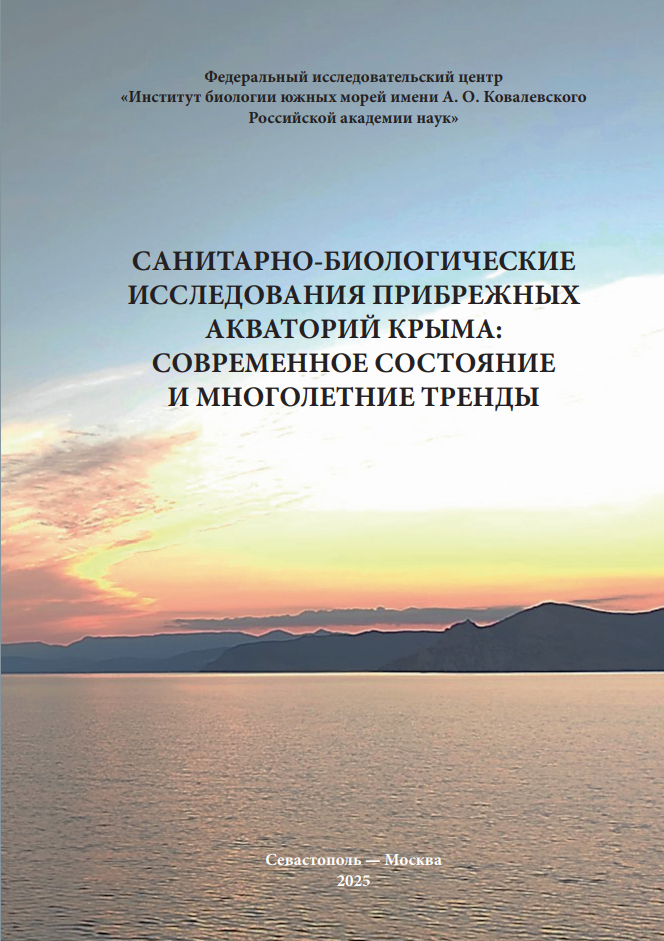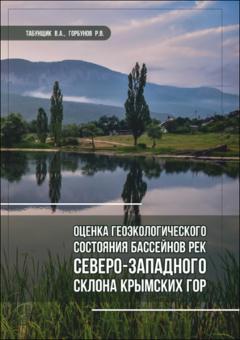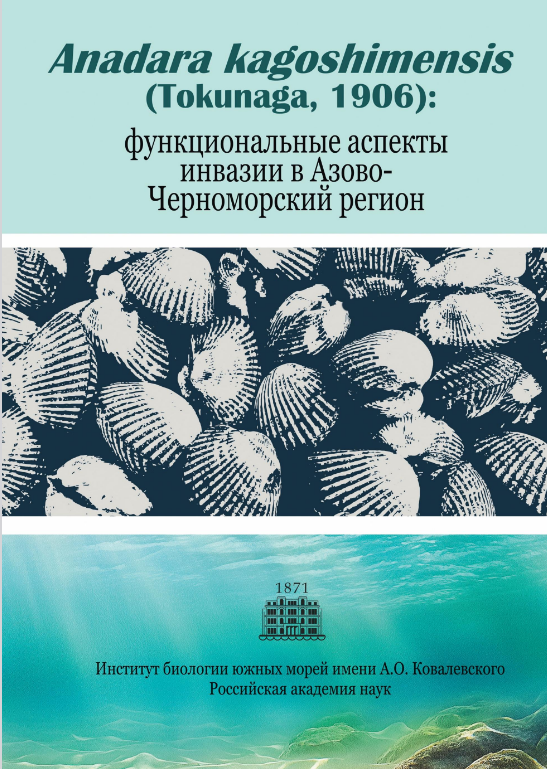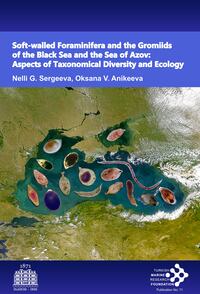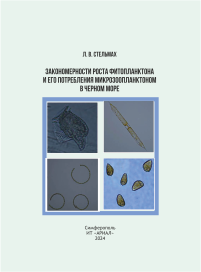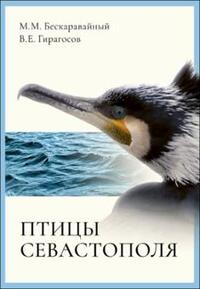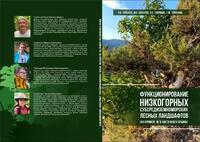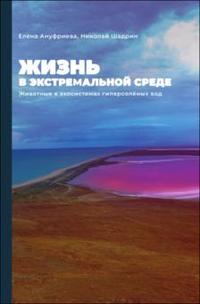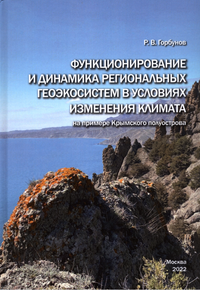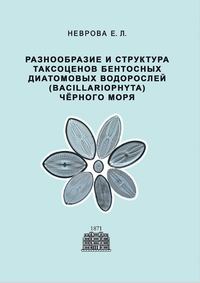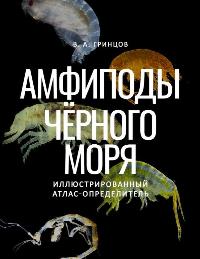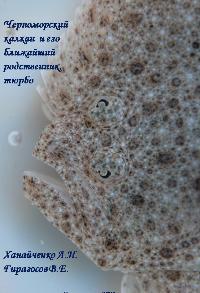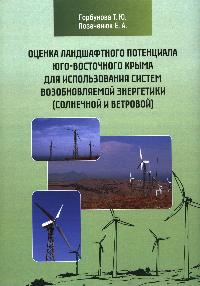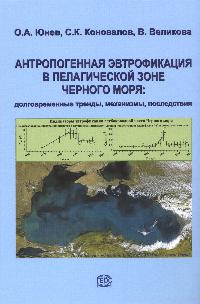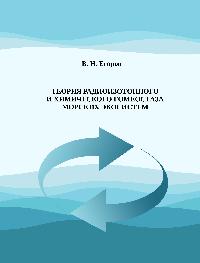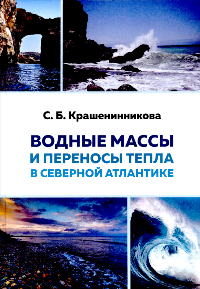Непериодические издания
Санитарно-биологические исследования прибрежных акваторий Крыма: современное состояние и многолетние тренды
Санитарно-биологические исследования прибрежных акваторий Крыма: современное состояние и многолетние тренды / под ред. С. В. Алёмова ; ФИЦ «Институт биологии южных морей имени А. О. Ковалевского РАН». – Севастополь ; Москва : Товарищество научных изданий КМК, 2025. – 332 с.
ISBN 978-5-6053573-1-5
Оценка геоэкологического состояния бассейнов рек северо-западного склона Крымских гор
Табунщик В. А., Горбунов Р. В. Оценка геоэкологического состояния бассейнов рек северо-западного склона Крымских гор : монография. Симферополь : ИТ «АРИАЛ», 2025. 224 с.
ISBN 978-5-907983-04-5
Anadara kagoshimensis (Tokunaga, 1906): функциональные аспекты инвазии в Азово-Черноморский регион
отв. ред.: А. А. Солдатов, Н. К. Ревков ; Институт биологии южных морей имени А. О. Ковалевского РАН. Севастополь ; Москва : Товарищество научных изданий КМК, 2025. 224 с.
ISBN 978-5-6053573-0-8
Soft-walled foraminifera and the gromiids of the Black Sea and the Sea of Azov: Aspects of taxonomical diversity and ecology
Sergeeva N. G., Anikeeva O. V. Soft-walled foraminifera and the gromiids of the Black Sea and the Sea of Azov: Aspects of taxonomical diversity and ecology / A. O Kovalevsky Institute of Biology of the Southern Seas of Russian Academy of Sciences ; Turkish Marine Research Foundation (TUDAV). İstanbul, Türkiye : TUDAV, 2024. 186 p.
ISBN 978-5-6048081-8-4 / 978-975-8825-63-9
https://repository.marine-research.ru/handle/299011/13881
Закономерности роста фитопланктона и его потребления микрозоопланктоном в Чёрном море
Стельмах Л. В. Закономерности роста фитопланктона и его потребления микрозоопланктоном в Чёрном море / ФИЦ «Институт биологии южных морей имени А. О. Ковалевского РАН». – Симферополь : ИТ «АРИАЛ», 2024. – 194 с.
ISBN 978-5-907819-30-6
https://repository.marine-research.ru/handle/299011/14229
Птицы Севастополя
Бескаравайный М. М., Гирагосов В. Е. Птицы Севастополя / ФИЦ «Институт биологии южных морей имени А. О. Ковалевского РАН». – Москва : Товарищество научных изданий КМК, 2023. – 180 с.
ISBN 978-5-907747-16-6
https://repository.marine-research.ru/handle/299011/12968
Функционирование низкогорных субсредиземноморских лесных ландшафтов (на примере Юго-Восточного Крыма)
Горбунов Р. В., Сафонова М. С., Табунщик В. А., Горбунова Т. Ю. Функционирование низкогорных субсредиземноморских лесных ландшафтов (на примере Юго-Восточного Крыма). Монография. – Симферополь: ИТ АРИАЛ, 2023. – 148 с.
ISBN 978-5-907742-99-4
https://repository.marine-research.ru/handle/299011/13573
Биолюминесценция Чёрного моря
Биолюминесценция Чёрного моря : атлас / В. Ф. Жук, Ю. Б. Белогурова, В. И. Василенко, А. В. Мельник ; ФИЦ «Институт биологии южных морей имени А. О. Ковалевского РАН». – Севастополь : ФИЦ ИнБЮМ, 2023. – 371 с.
ISBN 978-5-6048081-2-2
https://repository.marine-research.ru/handle/299011/13473
Атлас ресурсов возобновляемой энергии на территории Крыма / под ред. С. В. Киселевой, Р. В. Горбунова, Ю. Ю. Рафиковой
Атлас ресурсов возобновляемой энергии на территории Крыма / под ред. С. В. Киселевой, Р. В. Горбунова, Ю. Ю. Рафиковой. Севастополь ; Москва : Товарищество научных изданий КМК, 2023. 102 с. Авт. текстов и ил.: Андреенко Т. И., Горбунов Р. В., Горбунова Т. Ю., Киселева С. В., Келип А. А., Рафикова Ю. Ю., Фрид С. Е., Шакун В. П.
ISBN 978-5-907533-99-8
Ануфриева Е. В., Шадрин Н. В. Жизнь в экстремальной среде. Животные в экосистемах гиперсоленых вод
Ануфриева Е. В., Шадрин Н. В. Жизнь в экстремальной среде. Животные в экосистемах гиперсоленых вод / ФИЦ «Институт биологии южных морей им. А. О. Ковалевского РАН». Москва : Товарищество научных изданий КМК, 2023. 183 с.
ISBN 978-5-907533-93-6
Самышев Э. З., Минкина Н. И. Структурно-функциональная организация антарктического планктона
Самышев Э. З., Минкина Н. И. Структурно-функциональная организация антарктического планктона / ФИЦ «Институт биологии южных морей им. А. О. Ковалевского РАН». Севастополь ; Москва : Товарищество научных изданий КМК, 2023. 398 с.
ISBN 978-5-907533-94-3
Горбунов Р. В. Функционирование и динамика региональных геоэкосистем в условиях изменения климата (на примере Крымского полуострова)
Горбунов Р. В. Функционирование и динамика региональных геоэкосистем в условиях изменения климата (на примере Крымского полуострова). – Москва : Товарищество научных изданий КМК, 2022. – 191 с.
ISBN 978-5-907533-64-6
Неврова Е. Л. Разнообразие и структура таксоценов бентосных диатомовых водорослей (Bacillariophyta) Чёрного моря
Неврова Е. Л. Разнообразие и структура таксоценов бентосных диатомовых водорослей (Bacillariophyta) Чёрного моря / ред. А. В. Гаевская ; Институт биологии южных морей имени А. О. Ковалевского РАН. – Севастополь : ФИЦ ИнБЮМ, 2022. – 400 с.; 121 ил., 55 табл.
ISBN 978-5-6048081-0-8
DOI 10.21072/978-5-6048081-0-8
https://repository.marine-research.ru/handle/299011/12192
Гринцов В. А. Амфиподы Чёрного моря: иллюстрированный атлас-определитель
Гринцов В. А. Амфиподы Чёрного моря : иллюстрированный атлас-определитель / ФИЦ «Институт биологии южных
морей имени А. О. Ковалевского РАН». – Севастополь : ФИЦ ИнБЮМ, 2022. – 476 с.; 320 ил.
ISBN 978-5-6048081-1-5
DOI 10.21072/978-5-6048081-1-5
https://repository.marine-research.org/handle/299011/12021
Ханайченко А. Н., Гирагосов В. Е. Черноморский калкан и его ближайший родственник, тюрбо
Ханайченко А. Н., Гирагосов В. Е. Черноморский калкан и его ближайший родственник, тюрбо / Институт биологии южных морей им. А. О. Ковалевского РАН. – Севастополь : ФИЦ ИнБЮМ, 2021. – Ч. 1. – 285 с. : 124 ил., 9 табл., библиогр.: 299 назв.
ISBN 978_5_6044865_6_6
DOI 10.21072/978_5_6044865_6_6
https://repository.marine-research.org/handle/299011/10957
Гаврилова Н. А., Довгаль И. В. Раковинные планктонные инфузории (Ciliophora, Tintinnida) Черного и Азовского морей
Гаврилова Н. А., Довгаль И. В. Раковинные планктонные инфузории (Ciliophora, Tintinnida) Черного и Азовского морей / Институт биологии южных морей им. А. О. Ковалевского РАН. – Севастополь : ФИЦ ИнБЮМ, 2019 – 176 с.
ISBN 978-5-6042938-7-4
DOI 10.21072/978-5-6042938-7-4
https://repository.marine-research.org/handle/299011/8649
Горбунова Т. Ю., Позаченюк Е. А. Оценка ландшафтного потенциала Юго-Восточного Крыма для использования систем возобновляемой энергетики (солнечной и ветровой)
Горбунова Т. Ю., Позаченюк Е. А. Оценка ландшафтного потенциала Юго-Восточного Крыма для использования систем возобновляемой энергетики (солнечной и ветровой) / Институт биологии южных морей им. А. О. Ковалевского РАН. – Севастополь : ФИЦ ИнБЮМ, 2019. - 184 c.
ISBN 978-5-6042938-6-7
DOI 10.21072/978-5-6042938-6-7
https://repository.marine-research.org/handle/299011/8707
Юнев О.А., Коновалов С.К., Великова В. Антропогенная эвтрофикация в пелагической зоне Черного моря: долговременные тренды, механизмы, последствия
Юнев О.А., Коновалов С.К., Великова В. Антропогенная эвтрофикация в пелагической зоне Черного моря: долговременные тренды, механизмы, последствия / Ин-т биологии юж. морей им. А. О. Ковалевского РАН ; Морской гидрофиз. ин-т РАН. – Москва : ГЕОС, 2019. – 164 c.
ISBN 978-5-89118-790-0
DOI 10.34756/GEOS/2019.16.37827
https://repository.marine-research.org/handle/299011/7989
Егоров В. Н. Теория радиоизотопного и химического гомеостаза морских экосистем
Егоров В. Н. Теория радиоизотопного и химического гомеостаза морских экосистем / ФИЦ «Институт биологии южных морей им. А. О. Ковалевского РАН». – Севастополь : ФИЦ ИнБЮМ, 2019. – 356 с.
ISBN 978-5-6042938-5-0
DOI 10.21072/978-5-6042938-5-0
https://repository.marine-research.org/handle/299011/8244
Крашенинникова С. Б. Водные массы и переносы тепла в Северной Атлантике
Крашенинникова С. Б. Водные массы и переносы тепла в Северной Атлантике / Ин-т биологии юж. морей им. А. О. Ковалевского РАН. – Симферополь : ИТ «АРИАЛ», 2019. – 124 с.
ISBN 978-5-907162-84-6
DOI 10.21072/978-5-907162-84-6
https://repository.marine-research.org/handle/299011/7874


